FlexiHub Team uses cookies to personalize your experience on our website. By continuing to use this site, you agree to our cookie policy. Click here to learn more.

Nowadays there isn’t as much use for COM ports as it once was. And yet, they still can find their practical application and do you a great deal of good.
For example, you’ve got to have at least one serial port or you won’t be able to interact with the vast majority of the kernel debugging tools. In actual practice, it doesn’t have to be a physical COM-port. With the right software tool, you might as well do kernel debugging through a virtual serial port on a virtual machine.
This tutorial will show you how to redirect a serial port from the host to a guest VM in VirtualBox and how to create virtual serial ports in VirtualBox.

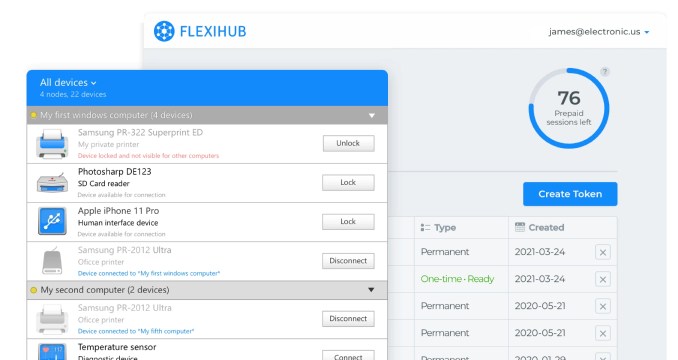
A very easy method of implementing VirtualBox serial port passthrough is with the software tool FlexiHub.
FlexiHub offers users a simple path to enable serial ports in VirtualBox or any other virtualization platform by redirecting serial port devices to guest virtual machines over the network.
FlexiHub works by creating virtual connections and redirecting serial port data over a network to the VirtualBox virtual machines. There are no complex parameters to configure. With FlexiHub, you can add a VirtualBox serial port with just one click.
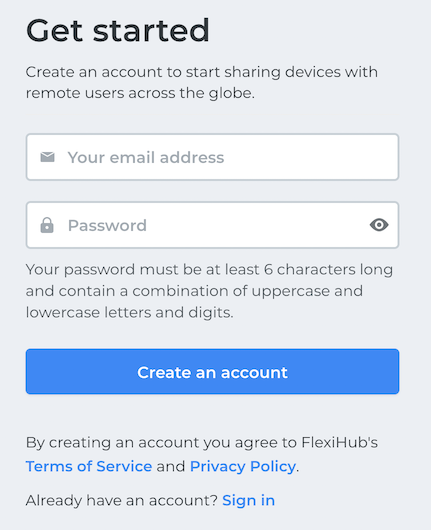

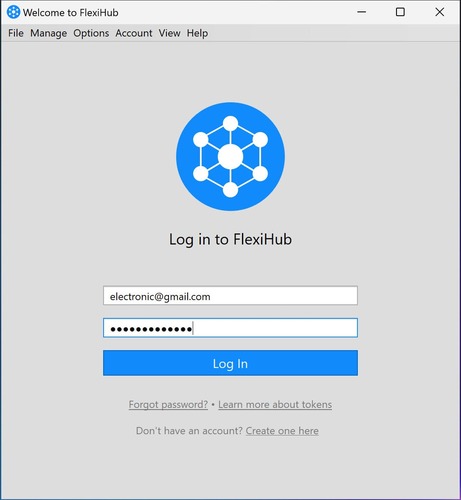
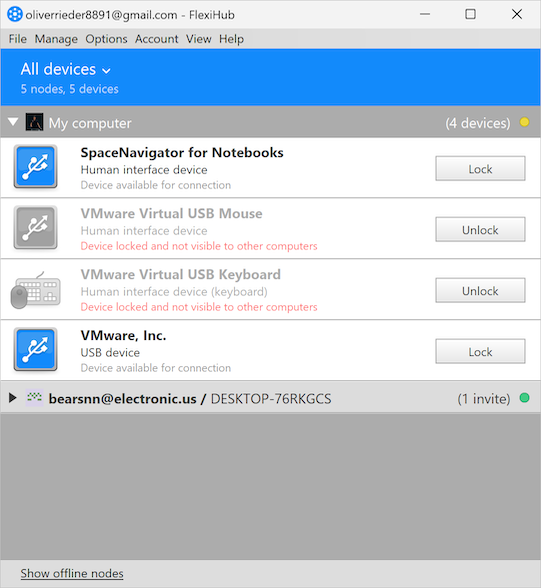
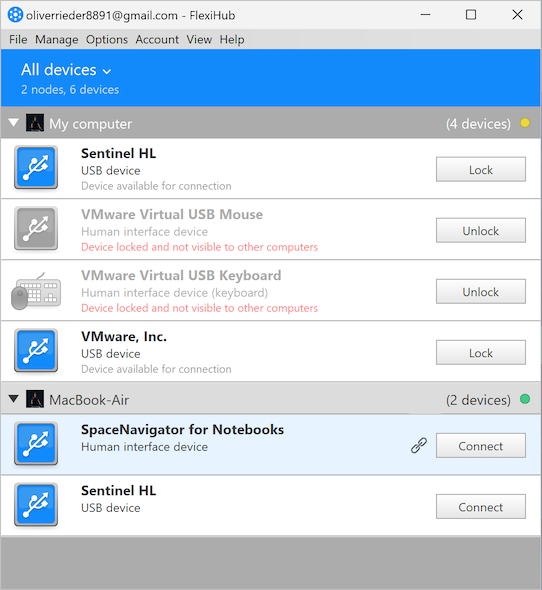
VBoxManage modifyvm "VM name" --uart1 0x3F8 4 --uartmode1 tcpserver 2023VBoxManage modifyvm "VM name" --uart2 0x2F8 3 --uartmode2 hostdevice "\\.\COM1"Additional Tips
✦ Remember that serial ports configured to use the same IRQ must not be used simultaneously due to sharing issues.
✦ For advanced setups like kernel debugging or simulating a null-modem connection between VMs, refer to specific configurations relevant to your use case.
This guide should help you effectively utilize virtual serial ports in VirtualBox, enhancing your VM's connectivity for development, debugging, or legacy device interactions.
